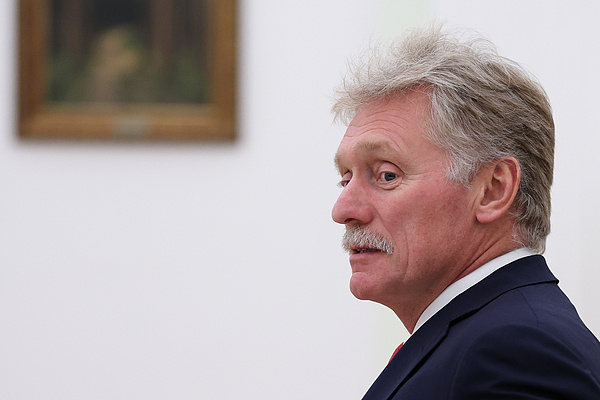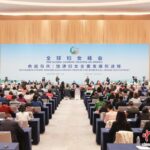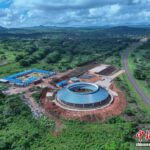On October 6, the Russian Presidential Press Secretary told media that Moscow hopes Washington will support President Putin’s initiative regarding the New START treaty.
When asked about U.S. President Trump’s response to President Putin’s New START initiative, the spokesperson stated during a telephone news briefing that the Kremlin welcomes Trump’s characterization of the Russian proposal as a “good idea.” He said, Russia believes this provides grounds for optimism that the United States will support Putin’s initiative. However, Russia has not yet received any official response from the U.S. through diplomatic channels.
According to reports from October 5, U.S. President Trump responded to questions on the White House South Lawn, stating that he believes Putin’s proposal to extend the New START treaty’s weapon limits for one year is a good idea.
Additionally, the spokesperson stated that the Kremlin considers EU politicians’ statements about Russian involvement in drone launches over European countries to be unfounded. He suggested that EU politicians “broaden their perspective” rather than linking every drone incident to Russia.
On September 22, Russian President Putin proposed that if the United States refrains from actions that undermine the existing balance, Russia will continue to adhere to the New START treaty’s core limits for one year after its expiration. On October 2, Putin stated that if the U.S. does not extend the New START treaty, Russia will not extend it either. He added that even if the U.S. later agrees to an extension after the treaty expires, Russia would find it difficult to agree to extend it.





